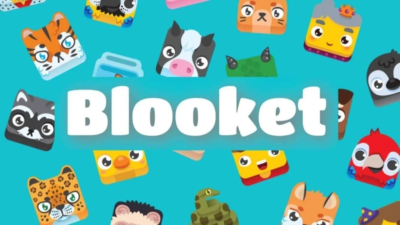What Does the Best Resume Look Like in 2022?

Young woman hiding behind her resume
A resume is a formal document reflecting an applicant’s qualifications for a specific position. It can often be accompanied by a cover letter customized explicitly for a particular job or company. American coaches insist that the length of a resume is one or two pages.
Nowadays, they are usually sent out as a part of an online application or by email. You can attach a brief video introduction to enhance your presentation. It is wise to hire a resume writer to tailor your resume to the specific job requirements you plan on applying for. This way, you’ll have bigger chances of getting the wanted job, and you’ll spare yourself stress and time.
Understanding Formatting
When choosing the right formatting, consider the particular position and niche you want to land a job in.
Most resumes include a concise summary of experience and skills and are followed by a bullet list of degrees earned and past jobs in reverse chronological order. But you can always add a final section showcasing fluency in other languages, rare skills you possess, and relevant hobbies or honors.

Types of Resumes
There are three main types: chronological, functional, and combination resume. Here are the main differences between them.
You are familiar with the chronological one since it focuses on your recent work history. This type shows how your past accomplishments prepared you for the role you intend to take. These previous positions are listed in reverse chronological order: the oldest positions are at the bottom, and the most recent ones come at the top.
The functional type emphasizes the importance of your experience. It consists of your professional summary, skills, and work experience. It is the best type for individuals transitioning into a new industry or those who want to minimize resume gaps.
Lastly, the combination type will unite the skills section and professional summary from the functional one and add work experience from the chronological resume.
How to Write a Perfect Resume This Year
No two resumes look alike, but most of them should have the following sections.
Header & Contact Info
First, include a header containing your name and contact info. This is where you include your phone number, email address, and, optionally, your social media profile or website. You want to ensure your recruiters know who is applying for the job and whose resume they are reading.

Professional Summary
A professional summary is a concise one-to-three-sentence section that describes who you are, what you do, and why you are fit for the job you are applying for. Professional summaries are focused on the values and skills you can bring to the employer. It isn’t a deal-breaker but an excellent way to show your recruiters why you are perfect for the job.
Skills
The skills section is one of the most important sections for recruiters. They are looking for candidates with specialized backgrounds and excellent skills for the open role. So, the best thing is to list all the relevant hard and soft skills. This way, recruiters will take your resume seriously.
Work Experience
In this part of your resume, you’ll list your previous work experience in a compelling format. This section needs to include
· company names;
· employment dates;
· locations;
· roles and titles you held;
· accomplishments in each position.
Hiring managers absorb information about your career and connect your skills to a potential hire.
What if You Don’t Have Any Work Experience?
You can construct a great resume even if you don’t have any work experience. Include any volunteer work or duties relevant to the desired position. If you are still going to school, you can list any academic communities you are part of and your responsibilities.
Education
Most jobs require a specific level of education, so it is vital to mention your academic credentials. This section shouldn’t take up as much space, so the best thing to do is to list where and when you attended school and what degree you got.
Additional Experience
This is a non-obligatory but valuable section where you can highlight your awards and hobbies. Ensure it is not too long and doesn’t detract from your work experience and skills. It is a great way to provide a bigger picture of who you are.
Mistakes to Avoid
1. Typos and grammatical errors – you don’t want recruiters to draw unflattering conclusions about you; make your resume flawless!
2. Lack of specifics – ensure you describe your previous job positions; this way, you’ll grab the employer’s attention.
3. No vivid results – highlight accomplishments, not duties!
4. Underdeveloped summary – employers read career summaries; ensure you don’t use cliches such as “seeking career growth” or “accomplished professional.” Instead, try to be as specific as possible.
5. Leaving off important information – don’t leave out jobs you’ve taken because you learned soft skills such as time management and work ethic. Those skills are a must nowadays.
Final Thoughts
Writing a perfect resume can be challenging, especially if you are doing it for the first time. With these tips, you should be able to write a decent document worth checking out. Be creative and honest, follow grammatical rules, and edit to make your resume polished.
Alexia is the author at Research Snipers covering all technology news including Google, Apple, Android, Xiaomi, Huawei, Samsung News, and More.












